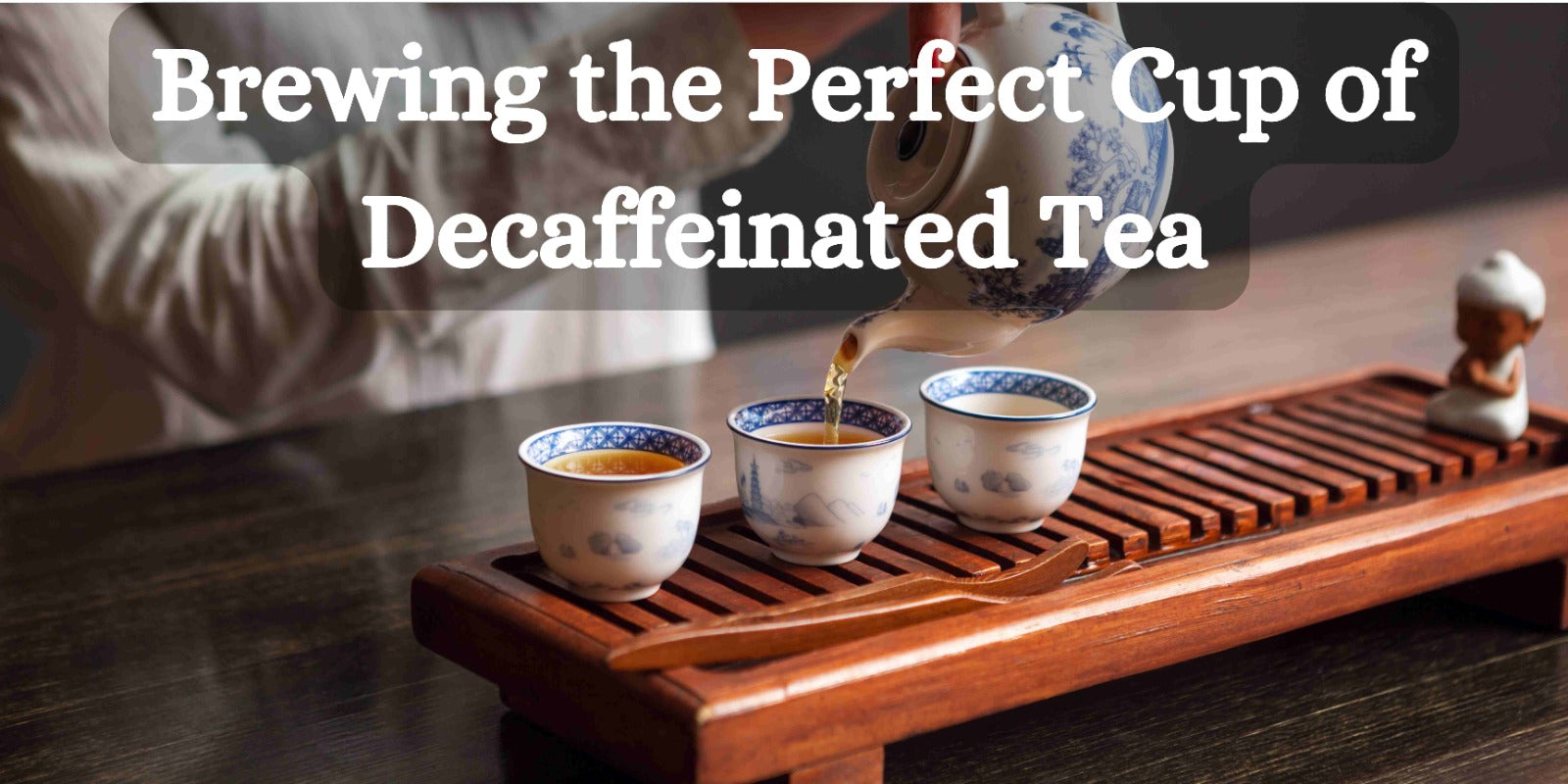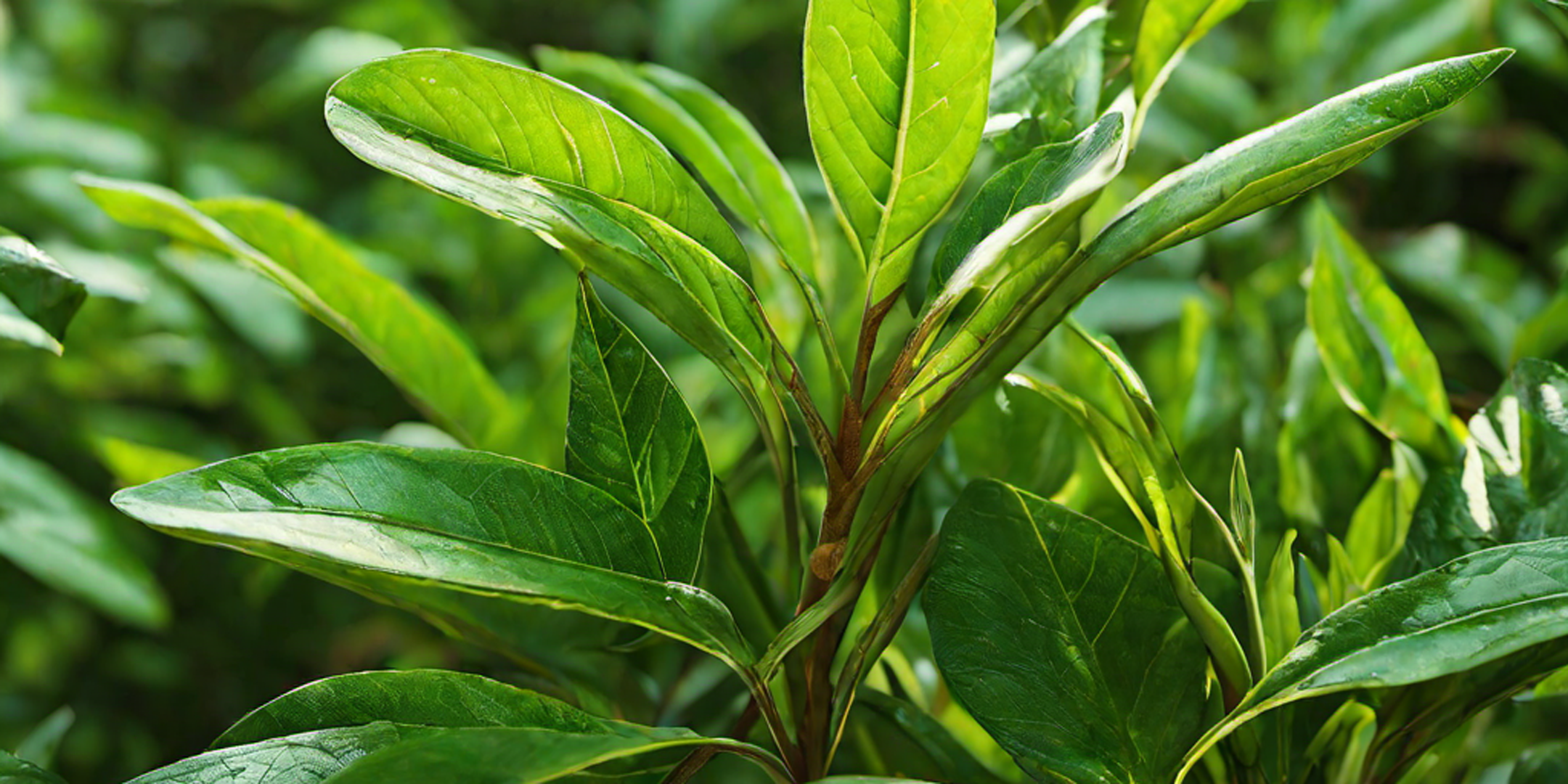Do you want to elevate your tea-drinking experience to a new level? Then let's dive into the world of whole-leaf teas! In this article, we'll uncover the hidden benefits of whole-leaf teas and explore why they are becoming increasingly popular among tea connoisseurs.
Health Benefits of Whole Leaf Teas
In addition to their superior taste, whole leaf teas are also packed with health benefits. These teas are rich in antioxidants, vitamins, and minerals, making them a great addition to a healthy lifestyle. The antioxidants found in whole leaf teas help to protect the body against free radicals, which can cause damage to cells and contribute to various health issues.
One of the key health benefits of whole leaf teas is their ability to boost the immune system. The antioxidants in these teas help to strengthen the body's natural defenses, making it more resistant to infections and illnesses. Additionally, whole leaf teas have been found to have anti-inflammatory properties, which can help to reduce inflammation in the body.
Whole leaf teas are also known for their digestive benefits. Certain types of whole leaf teas, such as green and herbal teas, have been traditionally used to soothe digestive issues and promote healthy digestion. These teas can help to alleviate symptoms such as bloating, indigestion, and stomach cramps.
How to Brew Whole Leaf Teas for Maximum Flavor
To fully enjoy the rich flavors and aromas of whole leaf teas, it's important to brew them correctly. Here are some tips to help you brew the perfect cup of whole leaf tea:
- Use high-quality water: For a truly delicious cup, don't underestimate the power of good water. This emphasizes the taste benefit. Opt for filtered or spring water to ensure that you're starting with a clean and fresh base.
- Get the water temperature right: Different types of whole leaf teas require different water temperatures for optimal brewing. Green teas, for example, are best brewed at lower temperatures, around 175°F (80°C), to preserve their delicate flavors. Black teas, on the other hand, can be brewed at higher temperatures, around 200°F (93°C), for a bolder and more robust flavor.
- Steep for the right amount of time: The length of time you steep your whole leaf tea will also affect its flavor. Generally, green and white teas require a shorter steeping time, around 2-3 minutes, while black and oolong teas can be steeped for 3-5 minutes. Herbal teas, which are caffeine-free, can be steeped for longer periods, around 5-7 minutes, to extract their full flavor.
Remember to experiment and adjust these guidelines based on your personal taste preferences. The beauty of whole leaf teas is that they offer a wide range of flavor profiles, so don't be afraid to explore and discover your own unique brewing style.
Popular Types of Whole Leaf Teas - Green, Black, Oolong, and Herbal
Whole leaf teas come in a variety of types, each with its own distinct characteristics and flavors. Here are some of the most popular types of whole leaf teas:
- Green tea: Known for its fresh and grassy flavors, green tea is a staple in many tea-drinking cultures. It is rich in antioxidants and is believed to have numerous health benefits, including boosting metabolism and aiding in weight loss.
- Black tea: With its bold and robust flavors, black tea is a favorite among tea enthusiasts. It is fully oxidized, giving it a dark color and robust flavor. Black tea is often enjoyed with milk and sugar and is a great choice for a morning wake-up call.
- Oolong tea: Oolong tea is like a middle ground between green and black tea in terms of oxidation. It is known for its complexity and is often steeped multiple times to fully appreciate its evolving flavors.
- Herbal tea: Herbal teas are different, they aren't made from the usual tea plant the Camellia sinensis plant. Unlike regular tea, herbal teas come from a vibrant mix of plants – herbs, flowers, fruits, and even spices. They're naturally caffeine-free and come in tons of flavors. From soothing chamomile to invigorating peppermint, there's an herbal tea for every mood and occasion.
Exploring the Origins of Whole Leaf Teas
The journey of whole leaf teas begins in the lush tea gardens of various countries around the world. Each region has its own unique terroir, which contributes to the flavors and characteristics of the tea. Here are some of the most renowned tea-growing regions:
- China: Considered the birthplace of tea, China has a rich tea culture that dates back thousands of years. The country is famous for its green teas, such as Longjing and Dragon Well, as well as its black teas, such as Keemun and Lapsang Souchong.
- India: India is the world's second-largest tea producer, with China being number one. It is known for its robust black teas, including Assam and Darjeeling. These teas are prized for their unique flavors and are often enjoyed with milk and sugar.
- Japan: Japanese teas, such as matcha and sencha, are renowned for their vibrant green color and umami flavors. Japan has a long-standing tea ceremony tradition, which celebrates the art of tea preparation and consumption.
- Taiwan: Oolong teas from Taiwan are highly regarded for their quality and complexity. The island's unique climate and soil conditions create the perfect environment for growing exceptional oolong teas, such as Dong Ding and Alishan.
Sustainable and Ethical Sourcing of Whole Leaf Teas
As the demand for whole leaf teas continues to grow, it's important to consider the sustainability and ethical practices of tea producers. Look for brands that prioritize sustainable farming methods, such as organic and biodynamic cultivation. These practices not only help to protect the environment but also ensure the highest quality teas.
Additionally, choose brands that support fair trade and ethical sourcing. This ensures that tea farmers are paid fair wages and work in safe and ethical conditions. By supporting responsible tea producers, you can enjoy your cup of whole leaf tea with peace of mind, knowing that it has been produced in a socially and environmentally responsible manner.
Whole Leaf Teas for Different Occasions - Morning, Afternoon, and Evening
Whole leaf teas are versatile and can be enjoyed at any time of the day. Here are some recommendations for different occasions:
- Morning: Kickstart your day with a bold and robust black tea, such as Assam or English Breakfast. These teas provide a caffeinated boost and pair well with a hearty breakfast.
- Afternoon: Indulge in the elegance of an oolong tea during the afternoon. Oolong teas are perfect for sipping slowly and appreciating the nuanced flavors. Try a Tie Guan Yin or a High Mountain oolong for a delightful afternoon treat.
- Evening: Wind down and relax with a soothing herbal tea in the evening. Chamomile, lavender, and mint teas are popular choices for promoting relaxation and aiding in sleep. These caffeine-free options are gentle on the palate and can be enjoyed before bedtime.
Conclusion: Embracing the Art of Whole Leaf Tea Enjoyment
Whole leaf teas offer a world of flavors, aromas, and health benefits that are simply unmatched by tea bags. By switching to whole leaf teas, you can elevate your tea-drinking experience and savor every sip. From the moment the leaves are picked to the time they are steeped in your cup, whole leaf teas embody the essence of tea as an ancient and cherished beverage.
So, whether you're a seasoned tea lover or just starting to explore the world of tea, it's time to embrace the art of whole leaf tea enjoyment. Treat yourself to the richness and complexity of whole leaf teas and transform your tea-drinking ritual. From leaf to cup, let every sip be a moment of pure indulgence.




